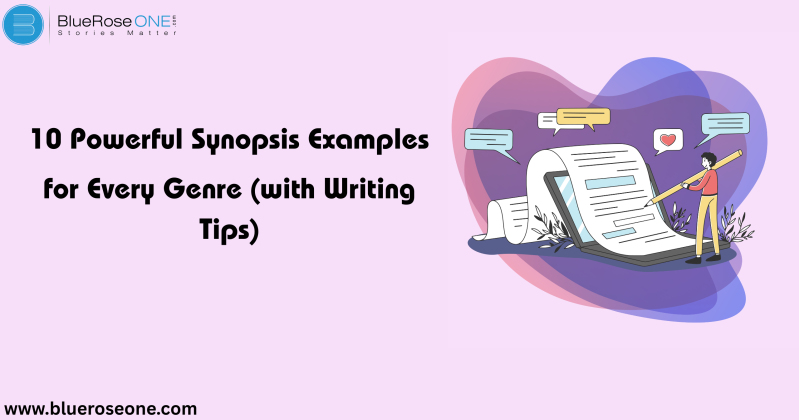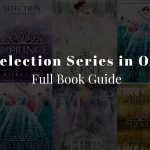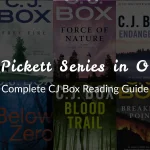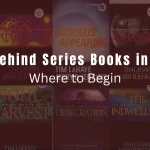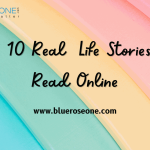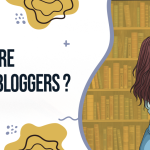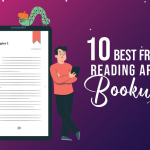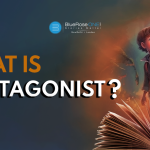Ever stare at a blank page wondering how to sum up your entire book in just a few paragraphs? Welcome to the challenge of writing a synopsis that tiny beast that can make or break your pitch.
A synopsis isn’t just a summary; it’s your story’s first impression. Whether you’re writing romance, horror, memoirs, or sci-fi, a great synopsis hooks readers (and agents) and keeps them wanting more.
You may also read: 10 Classic Flat Character Examples in Literature and Film
How to Write a Great Synopsis
Keep It Brief but Informative
A great synopsis should be concise yet packed with essential details. Aim for one to two pages that clearly outline your story’s main plot points, key characters, and central conflict.
Avoid unnecessary subplots or lengthy descriptions stick to what drives the story forward. This approach not only keeps agents or publishers engaged but also shows your ability to distill a complex narrative into its most compelling elements.
Focus on Major Plot Points
When writing a synopsis, highlight the key plot points that shape your story’s arc such as the inciting incident, major turning points, climax, and resolution.
Avoid unnecessary subplots or excessive detail. By focusing on the major developments, you create a clear and compelling summary that captures the essence of your story while keeping readers (and agents or publishers) engaged from start to finish. Prioritize clarity and momentum in every sentence.
Highlight Character Arcs
In your synopsis, describe briefly how the main character develops throughout the novel. A great character arc increases emotional depth and makes your story more interesting.
Consider the protagonist’s internal journey: what they learn, how they mature, or how their worldview shifts. This provides agents and readers an idea of the story’s emotional payoff and allows them to identify with the character’s growth on a deeper level.
You may also read: Jayne Anne Phillips Biography: From Debut to Pulitzer Finalist
Reveal the Ending
When creating a synopsis, it is critical to convey the conclusion. A synopsis, unlike a book blurb, is intended for agents or editors rather than general readers, and they must understand how your novel ends.
Whether it ends in triumph, sorrow, or a twist, be straightforward and honest. This allows professionals to assess your story’s overall arc and judge its marketability, structure, and emotional reward.
Tone Should Match the Genre
When writing a synopsis, it’s important to match the tone to your story’s genre. A thriller synopsis should feel tense and suspenseful, while a romantic comedy can be light and playful.
The tone gives agents, publishers, or readers a preview of your story’s emotional flavor. Aligning the tone with the genre sets the right expectations and helps your synopsis resonate more strongly with your intended audience.
You may also like: What Makes BookTok So Popular? Inside the TikTok Book Craze
You may also like: Realistic Fiction: Definition, Key Elements and Examples
Fiction Synopsis Examples
1. Romance – Love in the Time of Chaos
When workaholic lawyer Sarah Collins crashes into free-spirited artist Leo during a blackout in New York City, sparks fly. But their clashing lifestyles soon test their connection. As Leo encourages Sarah to confront her past trauma, she must choose between comfort and vulnerability. In the end, love triumphs but not before both learn to risk everything for each other.
2. Thriller – The Silent Witness
FBI profiler Dana Price is haunted by a past she can’t escape. When a series of copycat killings mimic a case she closed five years ago, she realizes the real killer was never caught. With time running out and her career on the line, Dana uncovers a chilling conspiracy that links the killer to someone in her own team. The truth costs lives but exposes a mole within the Bureau.
3. Science Fiction – Neon Horizon
In a dystopian world where memory can be bought and sold, ex-hacker Jax stumbles upon a secret buried deep in the city’s data vaults and a map to humanity’s last clean planet. With corrupt corporations in hot pursuit, Jax must decide whether to sell the info or save humanity. Betrayals follow, but Jax ultimately chooses redemption over revenge, becoming the unlikely hero of Earth’s final frontier.
You may also like: Who Was Emily Post? A Look at the Queen of Etiquette
4. Fantasy – The Dragon’s Pact
Lira, a farm girl marked by magic, discovers her bloodline is tied to an ancient dragon prophecy. When war erupts between kingdoms, she forms a forbidden pact with a dying dragon to bring peace. Alongside an exiled prince, Lira must tame her powers and unite rival lands. The story climaxes in a magical battle, ending with Lira rising as the realm’s first Dragon Queen.
5. Horror – Whispers in the Wall
When the Hale family moves into an old Victorian mansion, strange noises begin at night. Their daughter starts talking to someone only she can see. As the haunting intensifies, mother Amelia uncovers the house’s bloody past. Five children went missing, and their bodies were never found. The final twist reveals the ghost children aren’t the danger the house itself feeds on grief.
You may also like: Kendrick Lamar Pulitzer Prize: A Milestone for Hip-Hop Culture
You may also like: 10 Elf Name Generators Fantasy Writers Can’t Miss!
Nonfiction Synopsis Examples
6. Memoir – Through My Broken Lens
This memoir follows photographer Maria Jenson as she recounts surviving an abusive childhood, traveling through war zones, and eventually finding healing through her lens. Her raw, emotional journey reveals how art can become both an escape and a form of empowerment.
7. Self-Help – Unstuck: The Path to Purpose
Combining personal stories, psychology, and practical exercises, Unstuck guides readers through the messy middle of life. Author James Patel shares his method to move from burnout to clarity, emphasizing purpose-driven actions and mindset shifts that lead to sustainable change.
8. True Crime – Behind the Bars: A Killer’s Confession
This gripping account tells the story of serial killer Marcus Lang, who confessed to five murders from behind bars. Journalist Kara Lee pieces together the chilling puzzle, drawing from exclusive interviews, court transcripts, and chilling confessions that force readers to ask: what makes a murderer?
You may also like: Scary Stories to Tell in the Dark: A Complete Guide
You may also like: Top 10 Arundhati Roy Books You Must Read in 2025
9. Biography – The Maverick: Elon Musk’s Mission
This unauthorized biography explores Elon Musk’s journey from South Africa to becoming the face of modern innovation. Through interviews and investigative reporting, the book sheds light on Musk’s controversial leadership, bold visions, and the obsession that drives him toward Mars.
10. History – The Forgotten Empire
Historian Elise Harper uncovers the lost kingdom of Nabatea in this vivid historical narrative. Using archaeological evidence and ancient texts, she explores the culture, innovations, and downfall of a civilization that once rivaled Rome. The book brings history to life with rich storytelling and modern relevance.
Common Mistakes to Avoid
- Being too vague
- Including too many characters
- Writing in a dry, clinical tone
- Ignoring your story’s emotional core
- Forgetting to proofread
You may also like: Where the Red Fern Grows: Book Summary & Themes
Conclusion
Crafting a powerful synopsis isn’t just about summarizing your book, it’s about showcasing its essence.
Whether you’re writing a steamy romance, a gripping thriller, or a heart-wrenching memoir, a strong synopsis can open doors to agents, publishers, and readers. So take your time, follow the structure, and most importantly don’t be afraid to show your voice.
You may also like: Best Classic American Literature Short Stories You Must Read
Frequently Asked Questions
Generally, 500–800 words is standard for most fiction and nonfiction. But always check the submission guidelines.
Yes. A synopsis is not a teaser. Editors and agents want to see the full story arc, including the resolution.
A blurb is meant to entice readers and avoid spoilers. A synopsis is a full summary for professionals, including all major plot points.
Sometimes. If submitting to an anthology or contest, a brief synopsis (100–200 words) may be requested.

